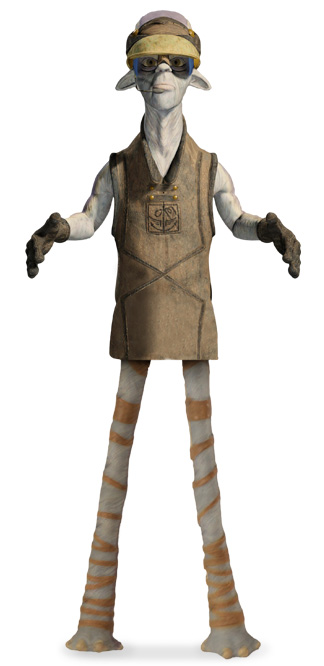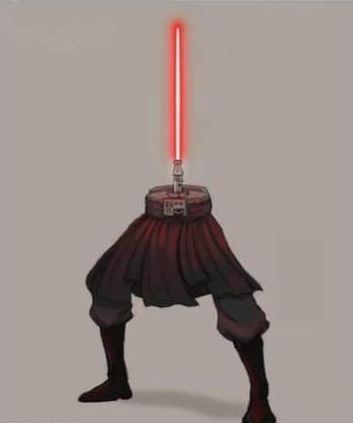Imperial APC Land-Cruiser
During the time immediately surrounding the battle of Endor, the Empire
began a small and short-lived revitalization of treaded vehicles. Rather
than using repulsors these Land-Crusiers sued old fahsioned tnak tread.
However the reasons for this were logistical. Treaded vehicles can handle
uneven terrain better in many cases for one thing. Also hevay cannon recoil
would cause a repulsor vehicle to rock backwards. Finaly, there are 'dead
reckoning' sensors in each tread. These sensors monitor and record, with a
high degree of accuracy, the distance aand direction the craft moves. This
way, even if typical navigation systems fail, the pilot will still know where
the craft is and where it's heading. This is fed into a Global Positioning
Computer, and a Terrain Sensor that picks up and digitizes landmarks. These
systems work independantly with low power sensors to determine the craft's
surroundings and ehading. the 'dead reckoning' supplements this and serves as
a backup should these sensors be interfered with.
The Land-Cruisers typicaly have a Pilot, a Navigator, A Communciations
office, and a captain, as well as any gunenrs that may be on board. The
bridge of the cruisers is a small circular area ringed with instrument
pannels and montiors that feed information to the crew, with a captain's
chair positioned at the center, able to rotate to look at any station.
The Land-Cruisers saw the msot ammount of action during the hasty
retreats the Empire was forced to make. These craft showed up time
and again to supplement withdrawl forces to cover a retreat while
under attack from the New Republic.
The APC class Land Cruiser has one key difference that makes many
wodner why it's considered a Land Cruiser. The APC variant actualy
uses repuslorlifts instead of treads. Dead reckoning sensors are
stuck between the repulsor coils to keep track of distance and
direction, but it is less acurate. It has a blocky, angular shape
to it. It's front is a flat plane with two short flat planes running
back off it diagnoly. At the center of the front plane and covering
either diagnol planes is a small turret with a repeater in it. The
back is a mirror of this. The top is flat, and the sides are slanted
in as they go up at a 45 degree angle. The turrets the repeaters sit
in, are small domes with vertical slits in them. They look like small
observatories that swivel. The sides of the APC-LC are covered in
thickly plated pannels hinged at the bottom. these pannels are
hydraulicly sealed so that when a lever is thrown they drops down and
form off or on-loading ramps for the troops. It was common to see an
APC-LC suddenly drop it's sides down in a dozen or so of the se
pannels and stormtroopers to rush out, with the craft only slowing
and never actualy coming to a stop.
Craft: Imperial APC-class Land-Cruiser
Class: Speeder [Tracked]
Size: Garguantuan (18 m long)
Passangers: 40 (troops)
Cargo Capacity: None
Speed: 30 m
Max Velocity: 90 km/h
Cost: Not Avaialble For Sale
Crew: 3 or 4 (Expert +8)
Initiative: +4 (-4 size, +8 crew)
Maneuver: +4 (-4 size, +8 crew)
Defense: 16* (-4 size, +10 armor)
Shield Points: 0
Hull Points: 105 (DR 15)
*Provides full cover to crew and passangers.
Weapons:
6 Heavy Repeating Blaster
Fire Arc: 1 Front, 2 left turret, 2 right turret, 1 back
Attack Bonus: +8 (-4 size, +4 crew, +8 fire control)
Damage: 4d8
Range Increments: 80 m
|











